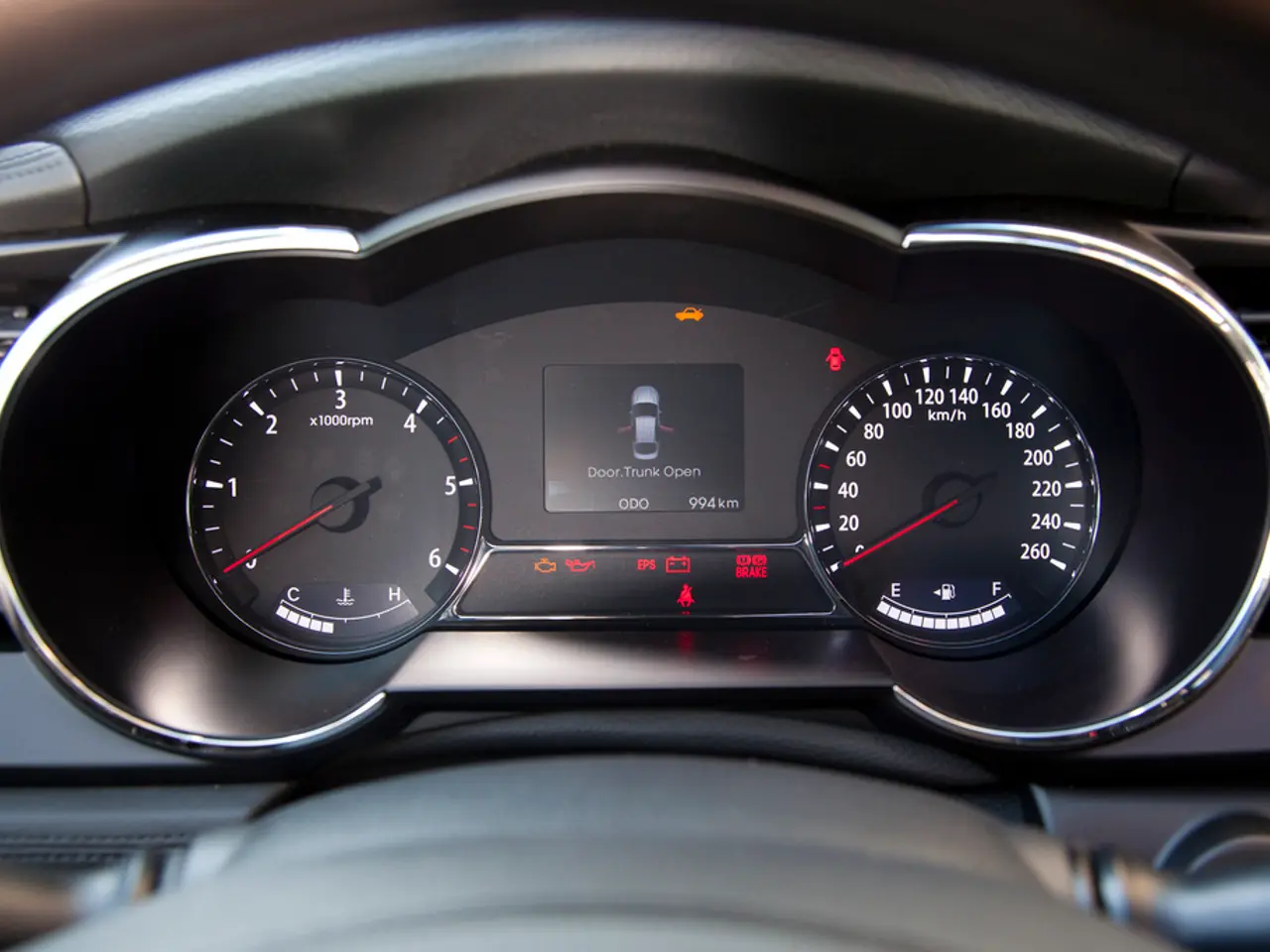Electric Vehicle Charging Stations and supporting layouts standards
The UK Government has announced the first approved electric vehicles (EVs) for its new £650 million Electric Car Grant scheme. Among the eligible vehicles are six Citroën electric models: ë-C3, ë-C3 Aircross, ë-C4, ë-C4 X, ë-C5 Aircross, and ë-Berlingo. Four of these models (ë-C3, ë-C4, ë-C5, and ë-Berlingo) have been specifically highlighted as the first to receive the £1,500 discount applied automatically at purchase [1][3][4][5].
For home EV chargepoint grants, eligibility varies by region. In Scotland, for example, residents can apply for up to £400 funding to support EV charge point installation, typically requiring applicants to be EV owners or lessees living in rural or remote areas or qualifying through specific EV loans. This funding is managed by the Energy Saving Trust, and guidelines must be reviewed to confirm eligibility [2].
When it comes to the charging infrastructure for business staff and fleet car parks, the setup must comprise a new electrical connection, a dedicated, safe, unobstructed route for electrical cabling, electrical cabling to future connection locations, and electrical containment systems. Appropriate power must be provided for all chargepoints and future connection locations, which may be achieved through power upgrades, load balancing solutions, or upgrades to the building's electrical control room [6].
Claims for EV chargepoint installations cannot include interest charges, bad debts, profits or entertaining, administration costs, arbitrary inflation and contingency allowances, new land, electricity provided by relevant infrastructure, ongoing back-off office data provision, ongoing operating costs, warranty extension beyond 3 years, transport costs, marketing costs, or any other cost not listed as an eligible expenditure. Invoices must include the company name and address, date of the invoice, customer's name or company name, customer's billing address, total cost of the work invoiced, grant amount discounted, final amount invoiced to the customer, and a sample invoice is available for reference [7].
Claims can be made for onsite software and hardware, communications media, grid connections, concrete plinths or footings, associated signage, reinstatement work, vehicle barriers, chargepoint units, additional electrical components, civil engineering works, labor costs, project management and reporting costs, and site survey works (when leading to a completed installation). Chargepoint installations must follow guidelines such as 61851-1:2019, the current edition of the wiring regulations - 7671:2018+A1:2020, the Code of Practice for Electric Vehicle Charging Equipment Installations, and the Electricity Safety, Quality and Continuity Regulations [8].
Landlords can apply for multiple chargepoint sockets at the same address in the same application, with a twin or double chargepoint counting as 2 chargepoint sockets. Future chargepoint locations must be ready for installation with minimal infrastructure work, examples include a busbar system and a concrete plinth or footing connected to a metered electricity supply [9].
It's important to note that installers offering a subscription service for chargepoints that are integrated into and form part of a cross-pavement solution require a contract demonstrating a temporary reduced subscription rate equivalent to the grant amount and an invoice demonstrating the overall costs of the installation. The grant amount must be deducted from the subscription within a maximum of 3 years of the contract starting, with a reduced rate applied to each payment [10].
Lastly, any additional earthing needed for the chargepoints must be installed, and any earthing locations needed for future chargepoints must be identified. Do not inflate or cross-subsidise costs across multiple installations [11].
The UK Government's announced funding for the new £650 million Electric Car Grant scheme can extend to the renewable-energy sector, considering the carbon-neutral nature of electric vehicles (EVs). The finance aspect of the renewable-energy industry could see significant growth, as technology advancements in data-and-cloud-computing and infrastructure development for EVs progress. For instance, the charging infrastructure for business car parks necessitates technology-driven solutions like load balancing and power upgrades for adequate energy supply.




